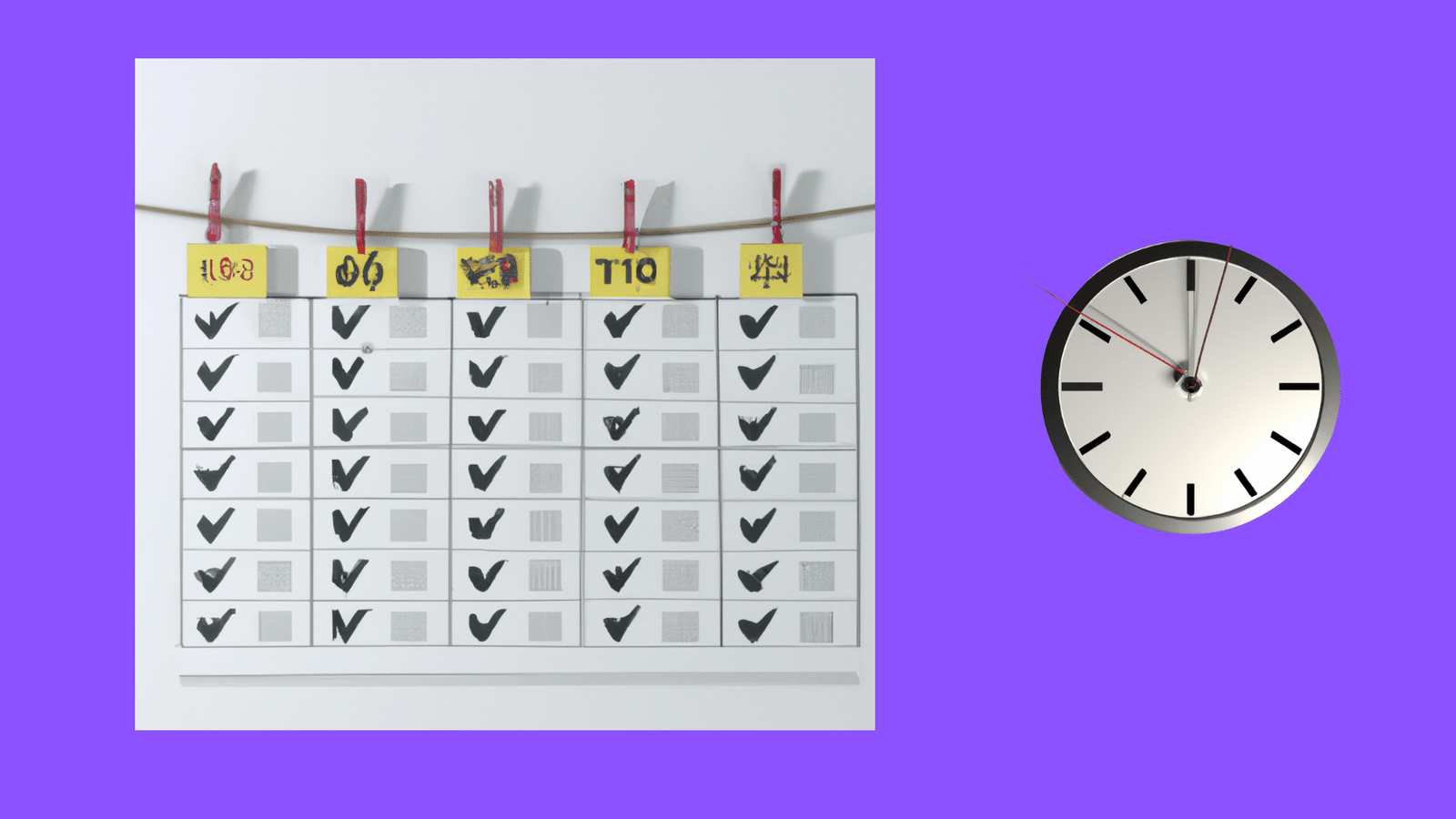Toxicity
Toxicity in interpersonal relationships manifests in various forms and can originate from individuals who display detrimental behaviors that significantly impact those around them. A toxic person is often characterized by traits such as manipulation, negativity, and a propensity for constant criticism. These behaviors not only affect personal interactions but can also diminish the overall emotional well-being of those subjected to them.
Manipulation is one of the hallmark traits of toxic individuals. They frequently use emotional tactics to control or influence the thoughts and actions of others, thereby creating a dynamic where the victim feels unsupported or insecure. This control can foster an environment of confusion and distrust, as the manipulator often alters facts or spins narratives to suit their agenda, leaving the victim questioning their own perceptions and feelings.
Furthermore, a constant flow of negativity permeates interactions with toxic people. Often, such individuals exhibit an inability to find the positive in situations, invariably highlighting flaws or failures instead. This outlook can drain the energy of those around them, resulting in a pervasive sense of hopelessness and frustration. The emotional ramifications may lead individuals to feel demoralized and lacking in motivation, negatively affecting their mental health.
Criticism is another common trait, with toxic individuals frequently resorting to judgmental remarks that undermine others’ self-esteem. This persistent belittlement reinforces feelings of inadequacy or self-doubt in the victim. Ultimately, engaging in relationships with toxic individuals can have profound psychological impacts, including anxiety and depression, illustrating the critical need to recognize and address such detrimental interactions early on.
Recognizing the Signs of Toxicity
Identifying toxic individuals can significantly enhance your emotional well-being and help protect your peace and energy. One of the primary signs of toxicity is a lingering feeling of anxiety or dread before interacting with someone. If their presence often brings a sense of discomfort or an emotional knot in your stomach, this could indicate that their behavior negatively impacts your mental state. Take a moment to reflect on these encounters to determine whether they contribute to your overall sense of safety and happiness.
Another prominent indicator is the feeling of exhaustion following conversations or meetings. If you frequently feel drained or fatigued after spending time with someone, it may be a sign of a toxic relationship. Healthy connections usually invigorate and motivate you, whereas toxic dynamics leave you depleted. Pay attention to how you feel after these interactions; if the majority of the time is spent in frustration and fatigue, it’s essential to evaluate the relationship.
Patterns of disrespect or belittlement also signify the presence of toxicity. Individuals who ridicule your opinions, consistently interrupt you, or undermine your achievements contribute to a toxic environment. For instance, if a colleague dismisses your ideas in meetings, often assigning undue blame for failures while not recognizing your contributions, this behavior reflects a lack of respect. Likewise, if a friend frequently makes light of your personal struggles, it indicates a disregard for your feelings and well-being. Recognizing these patterns can empower you to make decisions that protect your emotional health.
By remaining observant of these subtle yet telling signs, you can better protect yourself from toxic influences in your life, ultimately leading to improved mental health and stronger, healthier relationships.
Setting Boundaries
Establishing personal boundaries is a crucial step in managing relationships with toxic individuals. Boundaries define what is acceptable behavior and help protect one’s mental space from negative influences. When dealing with toxic people, clear and assertive communication is essential for the preservation of one’s well-being. It is important to recognize that setting boundaries is not a selfish act; rather, it is a necessary measure for fostering healthy interactions.
To communicate boundaries effectively, individuals should begin by identifying their personal limits and the behaviors that are unacceptable. This self-awareness forms the foundation for assertive communication. When expressing boundaries, it is beneficial to employ “I” statements, which focus on personal feelings rather than placing blame. For instance, saying, “I feel overwhelmed when our conversations revolve around negativity,” may prompt the other person to reconsider their approach.
Another effective technique is to remain firm yet respectful. It is essential to be clear and concise about the limits being set without providing excessive justification. This clarity reduces the risk of misunderstandings. When a toxic person attempts to breach these established boundaries, it is important to remain steadfast. Consistency reinforces the seriousness of one’s limits and communicates that these boundaries are non-negotiable.
Additionally, it can be beneficial to prepare for potential pushback. Toxic individuals often challenge boundaries, feeling entitled to act as they please. Staying calm and assertive when standing one’s ground is key to maintaining the established limits. Should a boundary be crossed, responding with a reminder of the limit can reinforce its necessity. This process may require practice; over time, individuals will gain confidence in protecting their energy and mental peace.
Practicing Self-Care
Engaging in self-care is a vital strategy for mitigating the stress brought on by toxic individuals. This involves implementing practices that nurture one’s physical, emotional, and mental well-being. Mindfulness, for instance, plays a crucial role in self-care by fostering an awareness of one’s thoughts and feelings without judgment. Techniques such as meditation or deep-breathing exercises can significantly reduce anxiety and promote a sense of peace. By incorporating mindfulness into daily routines, individuals can build resilience against the negativity of those around them.
Exercise is another effective self-care method that not only promotes physical health but also enhances mental wellness. Physical activity releases endorphins, often referred to as ‘feel-good’ hormones, which can counteract the negative impact of toxic relationships. Whether it’s a brisk walk, yoga, or engaging in team sports, finding an enjoyable form of exercise can energize individuals and improve their overall outlook on life.
Furthermore, engaging in hobbies is an essential component of self-care. Activities such as painting, gardening, or playing a musical instrument provide an escape from stress and serve as a creative outlet. They empower individuals to focus on what brings them joy rather than dwelling on the negative energy surrounding them. Additionally, cultivating a supportive environment is paramount. Surrounding oneself with positive, like-minded individuals who uplift and inspire can create a buffer against toxic influences, reinforcing emotional stability.
Ultimately, practicing self-care is not merely a choice; it is a necessary commitment to maintaining one’s peace and energy in the face of toxicity. By employing mindfulness, engaging in regular physical activity, nurturing hobbies, and fostering supportive relationships, individuals can significantly enhance their resilience and well-being, equipping themselves with the tools needed to navigate interactions with toxic people effectively.
Creating Supportive Relationships
In the journey of dealing with toxic individuals, it becomes imperative to cultivate relationships with positive and supportive people who can significantly contribute to our emotional well-being. These constructive connections act as a buffer against negativity, providing a safe space for healing and personal growth. By surrounding ourselves with individuals who uplift and inspire us, we not only enhance our resilience but also reinforce our values and self-worth.
One effective way to find such supportive relationships is by actively engaging in communities or support groups that share similar interests or experiences. Participating in local organizations, social clubs, or recreational activities can introduce us to like-minded individuals who prioritize positivity. Online forums and social media groups dedicated to specific interests, such as wellness, personal development, or hobbies, can also serve as platforms for forming connections with those who exhibit supportive traits.
Fostering these relationships involves consistent effort and openness. It is essential to engage honestly with others, communicate our needs and boundaries, and show appreciation for their contribution to our lives. By reciprocating support and understanding, we establish a mutual bond that can withstand challenges. Additionally, sorting through existing relationships to identify those that promote positivity is crucial. Cutting ties with negative influences allows us to make space for more uplifting connections that nurture our mental health.
Finally, maintaining these supportive relationships requires ongoing communication and effort. Scheduling regular catch-ups, participating in group activities, or simply checking in on each other can deepen these bonds. By prioritizing relationships that foster growth and support, we not only safeguard our peace and energy but also create an environment conducive to positive change in our lives.
Communicating Effectively with Toxic People
Communicating with toxic individuals can present significant challenges, often resulting in heightened tensions and conflict if approached improperly. To navigate these interactions effectively, one must employ specific communication strategies designed to minimize escalation and maintain personal peace. A fundamental principle is to remain calm during exchanges. By managing your emotional reactions, you create an environment that tempers hostility and promotes constructive dialogue. Practicing deep breathing or employing calming techniques can assist in achieving this objective.
Utilizing ‘I’ statements is another effective method when addressing toxic behavior. This approach emphasizes personal feelings instead of blaming or criticizing the other person. For example, saying “I feel overwhelmed when this happens” rather than “You always overwhelm me” helps to express emotions without inciting defensiveness. This type of language encourages the toxic individual to acknowledge your feelings while fostering a more empathetic response.
Moreover, it is crucial to recognize the appropriate moments to disengage from a conversation. Toxic individuals may persist in their harmful behavior regardless of efforts to communicate effectively. If discussions become counterproductive, stepping away is a responsible choice that ultimately protects your energy and fosters peace. Establish clear boundaries—for example, stating that the conversation is not constructive and will be resumed at another time can help create space for healthier interactions.
By implementing these strategies—staying calm, using ‘I’ statements, and adeptly knowing when to disengage—one can navigate the complexities of communicating with toxic people more effectively. These techniques empower individuals to maintain their composure and mental well-being, effectively reducing the impact of negativity on their lives.
Choosing to Let Go
Deciding to distance oneself from toxic individuals can be one of the most challenging yet transformative steps toward preserving personal peace and energy. The evaluation of relationships requires a thoughtful assessment of not just the interactions but also the emotional, mental, and physical toll these relationships may impose. Toxic individuals often drain energy, create negativity, and foster an atmosphere of chaos and confusion, prompting the need for careful consideration regarding their role in our lives.
When contemplating whether to maintain or sever ties with these individuals, one must consider the cost of staying versus the benefits of letting go. It is essential to recognize that the emotional burden often outweighs any perceived advantages of keeping a toxic person in one’s life. Reflecting on the feelings of stress, anxiety, and unhappiness that may arise from these interactions can provide clarity. Maintaining relationships characterized by toxicity may lead to an ongoing cycle of hurt and resentment, which can hinder personal growth and happiness.
Once the decision has been made to let go, the process can be liberating and invigorating. Cutting ties does not necessarily need to be abrupt or confrontational; instead, it can be approached with compassion and understanding. Communicating one’s feelings, if safe, can provide closure, while also establishing boundaries that uphold personal dignity. Ultimately, removing toxic people from one’s life not only creates space for healthier relationships but also fosters an environment conducive to healing and self-discovery.
As you navigate this often difficult journey, remember that prioritizing your well-being is paramount. Embracing the choice to let go is a vital step toward creating a more positive and enriching atmosphere, allowing for the cultivation of healthier connections and a more peaceful existence.
Managing Your Energy
In the pursuit of a fulfilling life, managing personal energy is essential, particularly in environments where toxic people might drain your vitality. Understanding the concept of energy vampires—individuals who can deplete your emotional or mental stamina—can significantly enhance your ability to protect your peace. These individuals may manifest as chronic complainers, manipulative personalities, or even those who constantly seek attention at the expense of others. Recognizing their behaviors is the first step toward safeguarding your energy.
A crucial aspect of energy management involves identifying these toxic influences in your life. Pay attention to how you feel after interactions with specific individuals. Do you feel drained, anxious, or unmotivated? Keeping a journal to reflect on your emotional responses after social engagements can serve as a useful tool in recognizing patterns. By documenting these interactions, you gain insight into which relationships are potentially harmful to your overall well-being.
Once you have identified the energy vampires in your life, it is important to take proactive measures to preserve your vitality. Setting boundaries is instrumental; this may include limiting your time with toxic individuals or creating emotional distance. Additionally, cultivating a lifestyle that promotes positive energy can be beneficial. Engage in activities that nourish your spirit, such as exercise, meditation, or spending time in nature. Surrounding yourself with supportive, uplifting people further enhances your energy reserves, fostering an environment that is conducive to personal growth.
Incorporating these tactics can help create an energy-rich lifestyle that protects your peace amid adversity. By remaining vigilant and proactive in managing your energy, you can successfully maintain your well-being, ultimately thriving in an atmosphere that may otherwise threaten it.
Moving Forward After Toxicity
Dealing with toxic individuals can leave lasting emotional scars, but moving forward from these experiences is not only possible; it can be profoundly transformative. The journey toward healing begins with self-reflection. Taking the time to assess what occurred, the nature of the toxic dynamics, and how they have affected your mental and emotional well-being is crucial. This process allows individuals to gain clarity on their feelings and reactions, leading to a deeper understanding of their needs and boundaries.
Personal growth is a highly beneficial aspect of recovering from toxic relationships. By acknowledging the impact of toxic behavior on your life, you can cultivate resilience and emerge with stronger coping mechanisms. This growth can involve redefining your values and priorities, ensuring that future relationships are healthier and more fulfilling. It is essential to adopt a positive mindset that fosters self-compassion, allowing you to forgive yourself for any perceived shortcomings while actively choosing to prioritize your mental health.
Seeking professional therapy can also significantly aid in the recovery process. A qualified therapist can provide a safe space for individuals to explore their experiences with toxic people and develop strategies to cope with the aftermath. Therapy facilitates self-discovery and healing, promoting the development of tools to navigate future interactions with greater confidence and assertiveness. It can also lead individuals to explore negative patterns, providing insights that can break cycles of toxicity in their lives.
Ultimately, the journey of recovering from toxicity is a path toward enhanced self-awareness and emotional resilience. By engaging in self-reflection, embracing personal growth, and considering therapeutic support, individuals can reclaim their peace and energy, leading to healthier relationships and a more fulfilling life.









